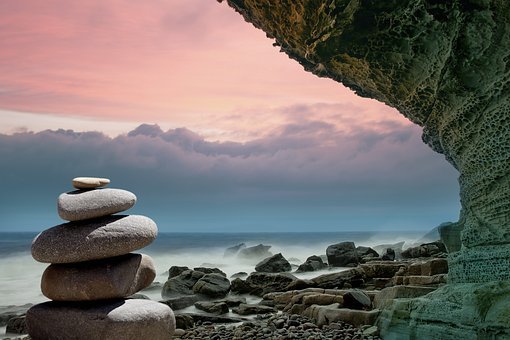Attracted by the unknown, the imagined or what came through the notes of the first Western explorers, the East had a great attraction for the Spanish artists and writers of the 19th and early 20th centuries. Such was the case, that this double vision of the real and imagined East gave rise to one of the most relevant aesthetic currents of that period: Orientalism. Mariano Fortuny and some still very young Sorolla, Benlliure and Agrasot were influenced by her. This context feeds the discourse of ‘Journey to the East’, the exhibition inaugurated yesterday in the Municipal Hall of the Passion, in Valladolid.
Through fifty works fundamentally from the Pedrera Martínez Private Collection belonging to some thirty painters – to those already mentioned are added other outstanding artists of the time such as Fabrés y Costa, Ricardo Flores and Reyna Manescau – the exhibition aims to offer a reflection and a dialogue between the real East and the one that the artists of that time had in mind of that unknown territory, detailed in the mayor Óscar Puente, who recalled how two cultures that had remained “alien” for so long “could not avoid” maintaining a chat when they met.
The art critic, collector and cultural manager Óscar Carrascosa, curator of the exhibition, indicated that it is based on a conceptual starting point of the East “not as a geographical space but a mental one”: “In the Western view” this territory “was always otherness, the look of the other».
The works of Fortuny, internationally considered the master of orientalism, welcome the visitor. In front of them you can see works by his disciple Joaquín Agrasot such as the oil painting ‘Old man with his back’ in which the pupil had as a model the The same character who inspired his teacher in ‘Old Nude in the Sun’, one of the masterpieces preserved by the Catalan artist in the Prado Museum.
The odalists, those assistants to the sultan’s concubines and wives, focus the theme of a second part of the exhibition. In some works, the artists tried to capture their “spirituality”; in others, these female characters were represented in a more “Westernized” way, as is the case with the oil painting by Luis Masriera.
From this space, what the curator called “an exhibition within another exhibition” opens, in which snapshots taken by photographers such as Father Buenaventura Ubach, Félix Bonfils or George & Constantine Zangaki, live ‘notes’ taken in the exotic places that later served as a source of inspiration for the aforementioned artists.
The show concludes with a series of costumbrista scenes from cities like Morocco or Tangier, To which are added many other oil paintings from Venice, then considered one of the «doors» to this «exotic» world, which painters such as the aforementioned Reyna Manescau masterfully captured, as well as from the Andalusian cities of Granada and Seville, which more later they were incorporated into the orientalist discourse.

